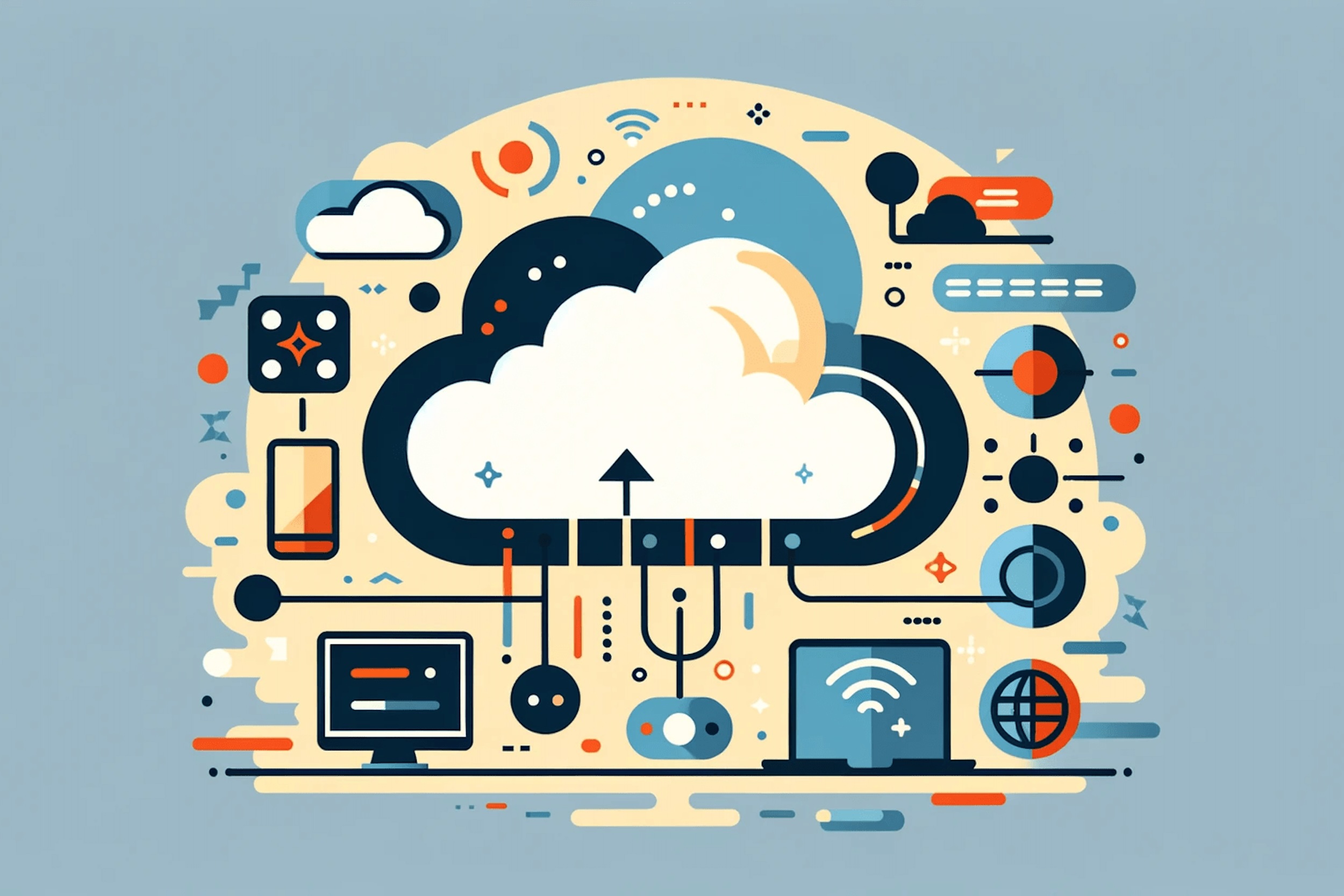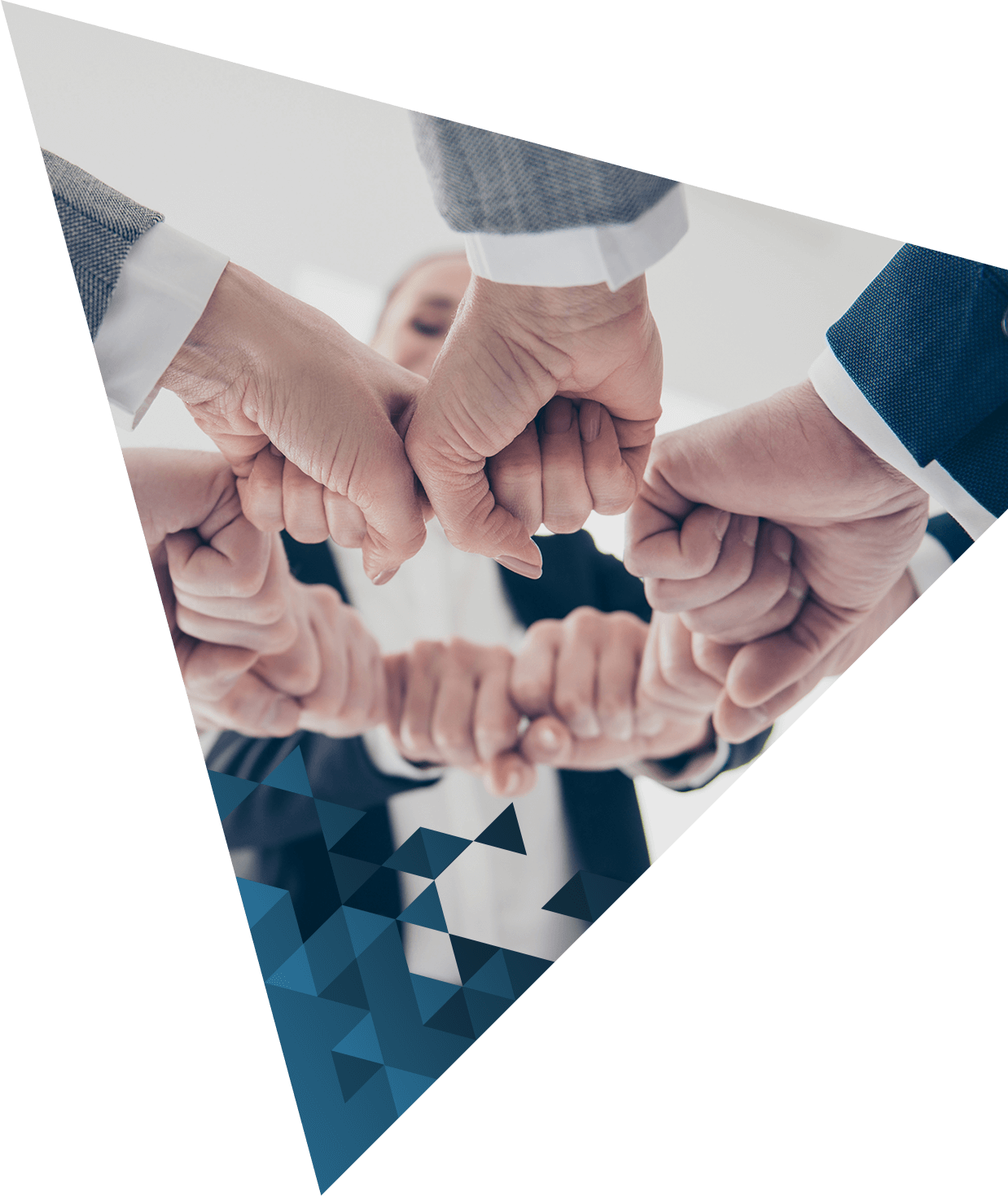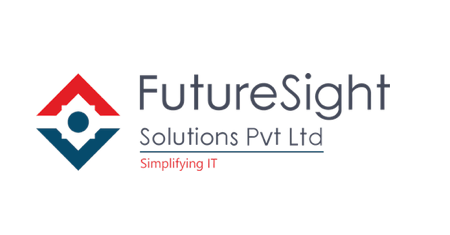Moving Legacy
Applications to Cloud

Replace – The legacy system with a new one.
Re-platform – Port the legacy application to a new platform. You choose to migrate to an operating system version based on CNaaS ( Cloud Networking as a Service ) Platform Standards when the application can support it, reducing the total count of enterprise-supported platforms to reduce operational expenses.
Rehost – Replicate the hardware platform on the cloud. “Lift & Shift” deploys legacy systems in a new environment. This is where you shift an application from an on-premises host to a cloud service (infrastructure or platform service). Begin with the simplest items, with the fewest dependencies, low business impact, and no regulatory constraints, while moving to the most complex items as maturity increases.
Refactor – Optimize the legacy system without completely rebuilding it. The company updates components of an application to conform to enterprise standards, functional needs, and security needs. This includes .Net, Java, other upgrades.
Rebuild – Start entirely from scratch
Rearchitect – Move to new application architect.
Extend – Keep the legacy system as is, but extend it with APIs to make it cloud native.
Benefits of moving to the Cloud

- Increased agility and flexibility
- Ability to innovate faster
- Easing of increasing resource demands
- Better managing of increased customer expectations
- Reduction in costs
- Deliver immediate business results
- Simplify IT
- Shift to everything as-a-service
- Better consumption management
- Cloud scalability
- Improved performance
More efficient cloud operating models are powered by analytics, automation, and AI, with a saving of approximately 30%-50% in ongoing run operations.
Digital Transformation
Digital transformation is the integration of digital technologies into all aspects of business operations. That means identifying how to use technologies to deliver new products and services, to improve existing products and services, and to streamline processes.
Cloud computing is the foundation of a digital organization, because it delivers agility and scalability to meet changing demands as well as the anytime, anywhere access that customers and workers expect.
Most of the technologies supporting digital transformation today are data-centric, making data platforms — as well as a strong data management program overall — central to successful digital transformation strategies.
The first step, or Horizon 1, is about laying a strong digital core with cloud, as the unifying digital fabric. Organizations focus on modernizing the core technology – infrastructure, applications, and data – while migrating workloads to the cloud to achieve greater business elasticity and operational resilience.
Next, Horizon 2 is about innovating business models. Organizations combine the power of digital technologies to enable transformation at an operating model level, reaping significant benefits from innovation and improvements in customer experience and business insights.
Then there’s Horizon 3, which is about changing industry structures and driving exponential value by orchestrating or participating in partner ecosystems. These ecosystems can consist of both traditional and non traditional players, including competitors, to enable high order transformation.
Explore your
Business potential
Whether it is providing strategy and advisory services for companies in the industry, providing specialist services to help optimise their assets and operations, to helping build their own digital platforms and related transformation solutions, a solution to meet the needs.
As a proven solutions integrator, we’re well known for integrating complex software, hardware, applications & solutions into a state-of-the-art digital platform. We are experts at building complex cloud-based solutions that are scalable and future-ready. We work with leading companies for product development, testing, maintenance and support services.

From your problem
To real solution
STEP 1Your Problem
STEP 2Our Observance
STEP 3Our Suggestions
STEP 4Your Success

CONTACT US WITH EASEGet in touch
Lotus Corporate Park,
Off Western Express Highway,
Goregaon East, Mumbai - 400063
